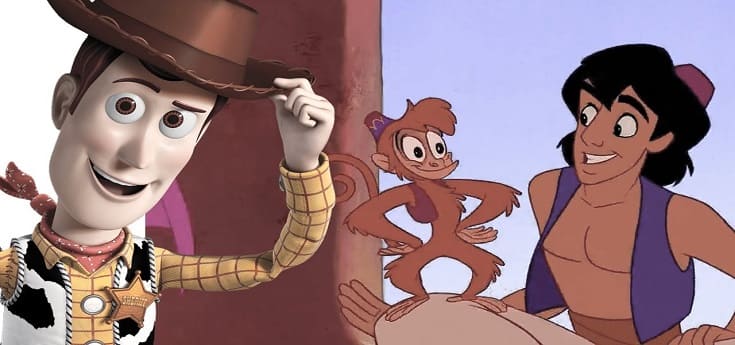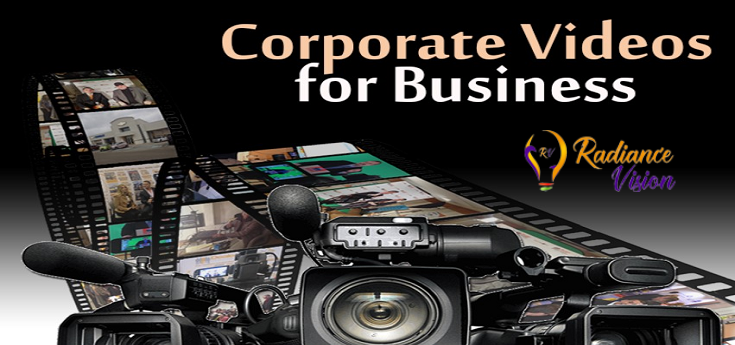How Much Do You Know About 2D And 3D Animation?

How Much Do You Know About 2D And 3D Animation?
We often come across the terminology known as 2D and 3D. The world around us is made up of different shapes and figures which consist of a certain length and breadth. But when a third element known as height is included, it turns into a 3D figure from a 2D one. In the domain of animation, it is broadly divided into 2D (two-dimensional) animation and 3D (three-dimensional) animation. Let's dig deeper and get to know the core difference between a 2D and 3D Animation. So let's get started.
What is Animation?
The animation is a digital combination of art and science. With the advent of technology, the animation is digitized in so many forms imaginable. It is basically a phenomenon of developing motion and shape-changing illusions via the rapid display of a sequence of static pictures that differ from each other by minimal details. So when did the animation start and how? Let's have a look.
HISTORY:
The roots of animation lie down back in 30,000 B.C. when art pottery was found with a goat leaping on it. During the 18th and 19th centuries in Russia and North America, there was an Industrial Revolution that gave birth to machines that can make images appear to move. The early 20th century was a silent-era of animation and marked the beginning of theatrical showings of cartoons. The year 1906 is known as the "humorous phase of funny faces". In 1930, the Warner Brothers cartoon was founded and created a revolution in the field of animation. The first-ever animated adult (X-rated) feature film - "FRITZ THE CAT" was released. As soon as technology advanced the field of animation got better and better. Many short films and animated movies were created. Several brand new animation generation techniques were developed as well. We have explained further the basic process of animation development. Let's begin!
Animation Development Process
The basic animation development process can be bifurcated into three simple steps as under.
Step 1: The first step includes laying down the shapes of the specific image.
Step 2: The next step involves the formation of the surroundings of the targeted object as well as the animation of the object.
Step 3: The third step is known as the call rendering that produces the final image of the targeted object.
Difference between 2D and 3D animation
It is yet not clear how a 2D animation is different from the 3D animation. Well, the points mentioned further will make it pretty clear for you. So without any further delay let's get started.
1. A 2D animation when turned is nothing but a plain line. While a 3D animation also includes the aspect of depth (height) making it more realistic than a 2D animation.
2. It can be said that a 2D animation is a primary building stage of a 3D animation. A 2D animation is nothing but framing and drawing figures.
3. A 3D animation is much more realistic, complex, fun and visually pleasurable than a 2D one.
4. The 3D animation is developed on a computer program where a 3D presentation of a 2D graphic is generated. It basically gives a 3D aspect to a 2D figure.
5. A 3D figure is all about graphs and curves. On the other hand, the 2D figure consists of just drawing plain figures.
6. If you are working in a 3D environment all the aspects of the figures always exist while in 2D you simply draw what is seen and the rest doesn't exist.
Techniques used in 2D and 3D animation
There are plenty of techniques that are used for the creation of a 2D and 3D animation. Some of them are mentioned below. For the creation of 2D animation:
- Morphing
- Anime
- Onion Skinning
- Twining
- Amid Rotoscoping, etc.
For the creation of 3D animation:
- Abating
- Rendering
- Texturing
- Anime
- Arena Building
- Camera Set up and much more
Final Words
In our childhood, we all were obsessed with cartoons. Pokemon, Shinchan, American Dragon, Looney Tunes, Mickey Mouse, etc made our childhood memories amazing than ever. The world of animation evolved during centuries and amazed us with awe-striking precision of art with technology. The amalgamation of VFX technology with animation provided it with a completely new aspect of the art form. Apart from being a basic foundation of entertainment, the animation is being used for educational
purposes as well. It has become a new way of learning in this fast pacing digital era.





